I’ve been looking forward to the Cadillac ATS ever since I learned it was being developed a few years ago. Okay, I looked forward to the less expensive Pontiac off the same new “Alpha” platform even more, but that one’s clearly not happening. I like compact cars more than larger ones. And rear-wheel-drive tends to make a car much more fun to drive. Cadillac was supposedly aiming at the BMW 3-Series with the CTS, but the CTS is much larger than the BMW. With the 2013 ATS, Cadillac will finally offer a rear-wheel-drive car that’s very close in size and weight to the 3.
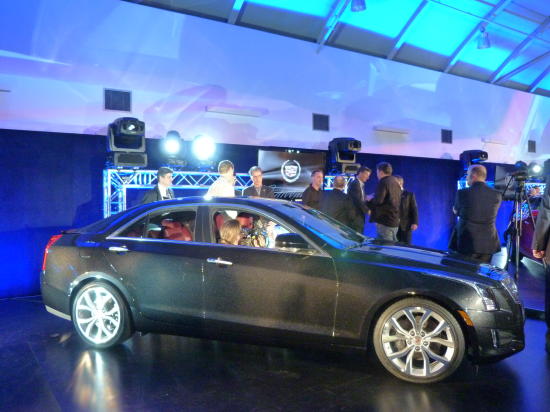
Ideally, I’d like a sedan that weighs at most 3,000 pounds. But this doesn’t seem possible anymore. At one point rumors suggested that the ATS might weigh well over 3,500 pounds. Every recently designed GM car has been hundreds of pounds heavier than competitors, so this seemed plausible, even likely. But GM claims that the ATS weighs under 3,400 pounds. Not great, but lighter than the C-Class and A4. It could have been much worse. And even rough parity demonstates that GM might well have its weight problem under control.
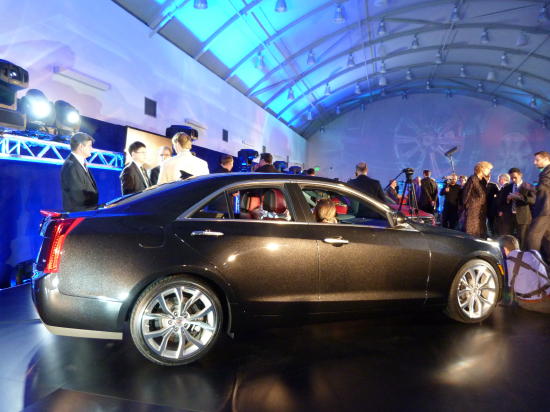
Three engines will be offered to motivate this competitive mass: a 190-horsepower 2.5-liter four, a 270-horsepower 2.0-liter turbocharged four, and a 320-plus-horsepower 3.6-liter V6. A manual transmission will be offered, though no doubt the great majority of cars will be bought with the six-speed automatic. I suspect I’ll find the V6 most enjoyable, with the turbo four possibly too smooth and linear for its own good (if the Buick Regal GS, powered by the previous generation of the 2.0T engine, is any indication). Fuel economy should be better with the turbo four–time will tell. And over 30 highway is promised for the 2.5.
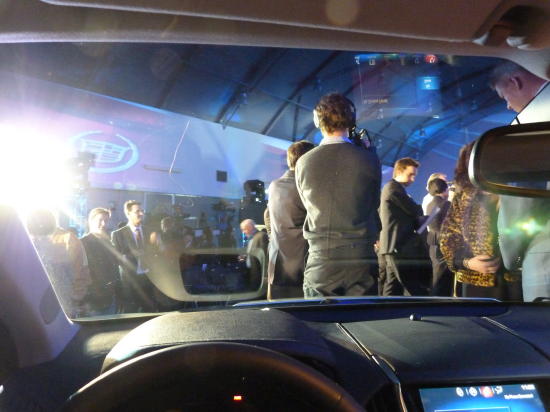
The real story, though, is handling. GM promises that the ATS delivers on its core mission of “nimble, quick, and fun.” GM President Mark Reuss stressed that the steering, an electric-assist system supplied by ZF, is just about the most communicative and precise of any he’s ever experienced. If GM delivers on these strong claims then they’ll have overcome another of their major weaknesses. A small-diameter, minimally padded steering wheel and 50:50 weight distribution suggest that they were as fanatical about getting the steering and handling right as they claim to have been.
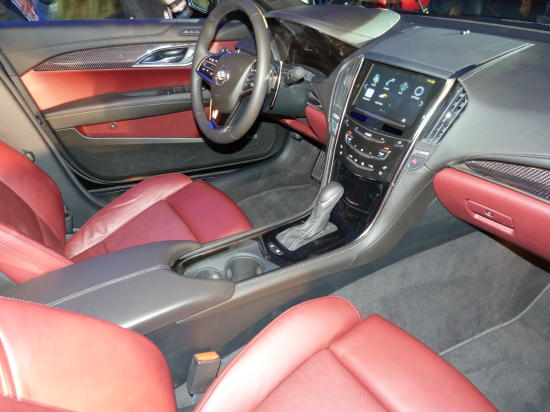
And yet, it’s hard not to be skeptical. The same executives claim that the exterior design of the ATS takes Cadillac’s “art and science” language to a whole new level. It doesn’t. Instead, the ATS falls somewhere between the first- and second-generation CTS in its appearance, while not making as strong a design statement as either of them. It is of course harder to design a more compact car. And the car is more attractive in person than in photos, appearing slimmer through the front fenders than I expected it to. But the general sense is that, with the ATS, designers (perhaps not voluntarily) played it safe. GM recognizes that the compact luxury segment sets the tone for the entire line with Audi and BMW, and figures the same could well be the case with the ATS. Also, this is the largest of the luxury segments. Add in extremely strong competition, and GM both recognized the need to create a segment-beating car and the difficulty in doing so. The last thing they’d want is to create a car that failed because of risky styling.
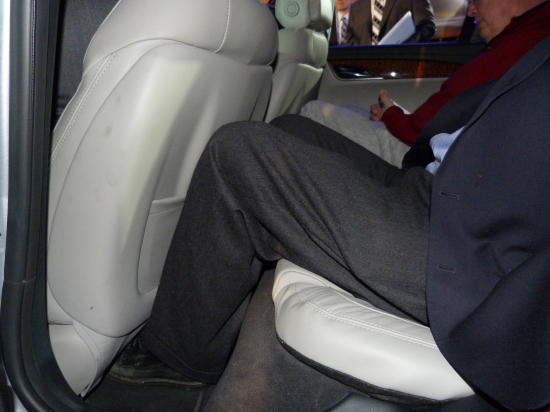
In other areas, the car checks out. The view forward is better than in any other recent GM product, with a low cowl and relatively thin pillars. The rear seat is about as roomy as that in any direct competitor. It’s mounted low, and toe room under the front seats is tight, but I had no trouble fitting back there.
In the end, I’m okay with the conservative styling as long as they deliver on the handling. I’ll know once I can get some seat time.
Addendum:
After posting the above I hung around the Cadillac event for a couple more hours, picking the brains of this and that ATS team member. Some of the resulting bits of information you might not find anywhere else.
1. The interior will be available in seven different “atmospheres,” combinations of IP color, seat color, trim, etc. These range from aggressively sporty to luxurious. Each seems to have been thoroughly thought out and contains interesting elements, such as the black olive ash wood that looks almost like marble and the red thread woven into the real carbon fiber trim–a first for Cadillac. They note that all of the trim materials are “real.” One of the wood trims is a manufactured type, where the result of pressing many layers together appears striated.
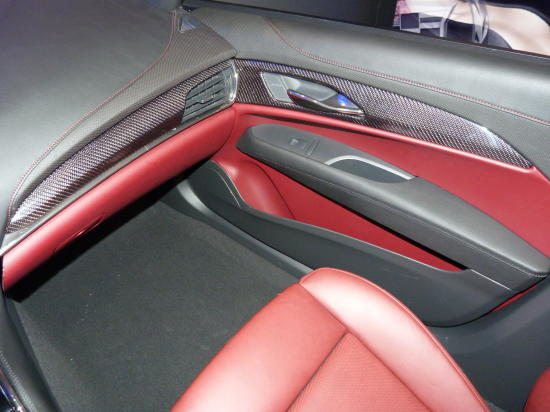
2. Even more interesting interior treatments might be on the way. The “trim and color” expert pointed out the swatches of suede and perforating leather on the interior bucks. These are “experimental.” He clearly intende to make them “production.” This might depend on positive feedback at the auto show, if these bucks are on display there.
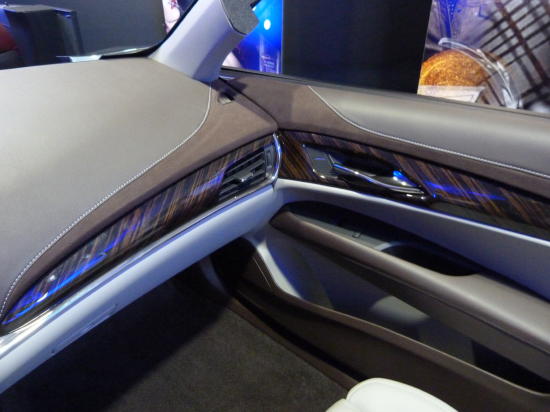
3. The more I sat in the car, the more I liked the driving position. I mentioned earlier that the cowl and pillars are sized and positioned very well. Beyond this, the ATS feels noticeably smaller than the CTS from the driver seat even sitting still. The cabin is narrower, and you seem to be sitting closer to the ground. The VLE confirmed this: the “H-point” is about an inch lower in the ATS. This might not seem like a lot, but it actually makes a significant difference. This was achieved by mounting the floor below the supporting crossmembers rather than above it–“thinking outside the box.” At the show tomorrow I should be able to refresh my memory of the driving position in the A4, and check out the new 3-Series. Very unlike the CTS, which was positioned as a competitor to these cars, I suspect the ATS will feel no larger or bulkier than either. Of course, if like you like a car to feel brawny and massive, the ATS isn’t the one for you.
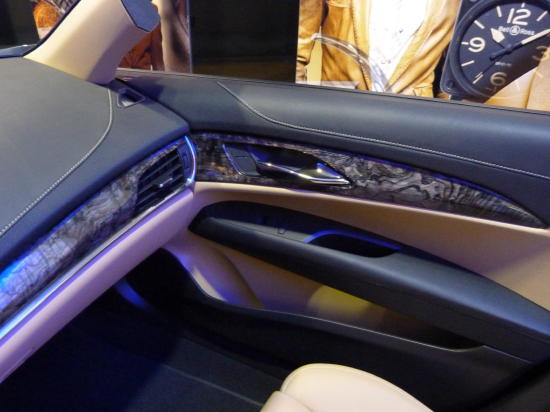
4. The front seats feel more substantial, more supportive, and more comfortable than those in the CTS, which didn’t quite work for me.
5. Curb weight won’t vary by more than 50 kilos (110 pounds) across all three engines, with the turbo four splitting the difference between the 2.5 and the V6. So handling shouldn’t vary by engine. All-wheel-drive will add about 200 pounds, which is typical.
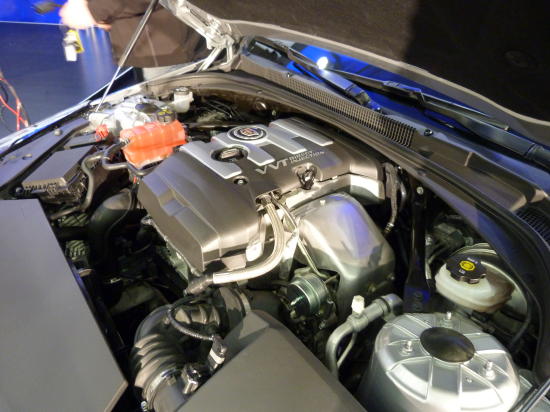
6. They made extensive use of aluminum and magnesium to get the curb weight down. For example, a pair of large brackets that hold the engine are composed of the latter. Time and again I got the sense that when the team felt they had to put in extra effort or cost to make the car more appealing, then actually did so. This is a huge change of the GM I observed back in the late 1990s.
7. The steering rack is positioned ahead of the centerline to minimize understeer. This is apparently hard to do with all-wheel-drive, but they did it with both drivetrains.
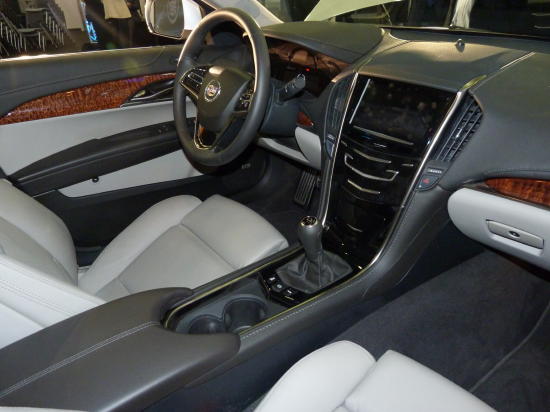
8. Only the 2.0T will be available with the six-speed manual.
9. Two suspension levels will be offered, FE2 and FE3. The latter, available with both the 2.0T and the V6, includes quick-reacting magnetic ride control shocks and a mechanical limited-slip rear differential. The manual transmission also includes the LSD, even with the FE2 suspension. With the FE3 steering effort will vary by driving mode.
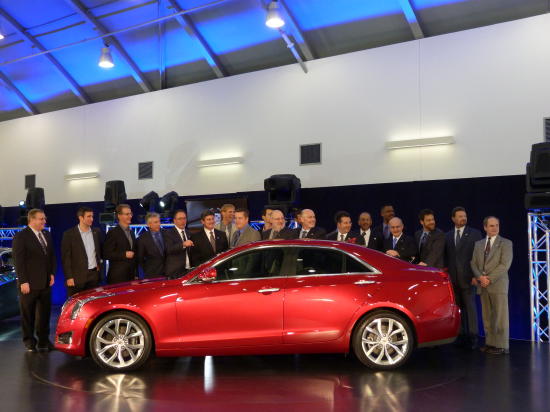
The people who worked on the ATS seem quite pumped about the car. While group self-delusion is possible, the more I spoke with them the more I thought they might really have a winner. Did they slip me some of the Kool-Aid? We’ll find out once I can drive the car.